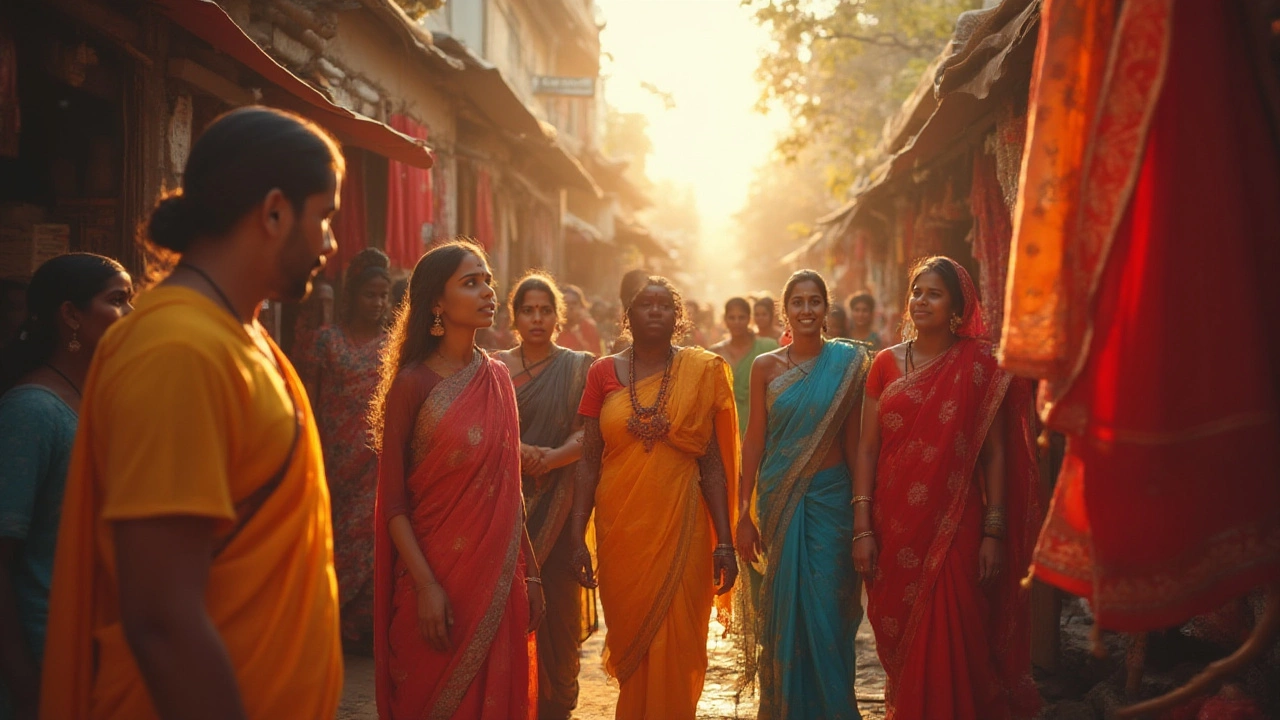Visible Spectrum in Fashion: The Ultimate Color Guide
Ever wonder why some outfits just pop while others feel flat? The secret lies in the visible spectrum – the rainbow of light that our eyes can see. When you understand how those colors work, you can pick pieces that make you look younger, feel confident, and match any occasion.
Understanding the Visible Spectrum
The visible spectrum runs from red at one end to violet at the other. In between, you get orange, yellow, green, blue, and indigo. Each band carries a different energy level, and our brains react to them in predictable ways. Red grabs attention, so it’s great for statement jackets. Blue calms the mood, making it perfect for office shirts. Yellow adds a spark of optimism, ideal for casual tees.
Color psychology isn’t a myth – studies show that wearing certain shades can lift your mood or even influence how others see you. That’s why fashion writers often talk about “cool tones” or “warm tones.” Cool tones (blue, green, violet) usually complement cooler skin undertones, while warm tones (red, orange, yellow) brighten warmer skin. Knowing your skin’s undertone helps you decide whether a teal sweater or a rust coat will look better.
Applying Color Theory to Your Closet
Start by taking inventory of what you already own. Pull out the pieces you love and note their dominant colors. If you have a lot of neutrals – black, white, gray – use them as a canvas for brighter accents. A navy blazer, for example, pairs nicely with a mustard scarf because the contrast follows the visible spectrum’s natural flow.
When you shop, think in terms of “color families.” If you’re eyeing a new pair of jeans, ask yourself: do I want a classic indigo or a trendier light wash? Indigo leans toward the blue side of the spectrum, offering a timeless look, while a light wash edges into the green‑yellow zone, giving a more relaxed vibe. The same logic works for shoes: a deep burgundy boot sits near the red end, adding drama, whereas a gray sneaker stays neutral and versatile.
Mixing colors doesn’t have to be risky. Use the 60‑30‑10 rule: 60% of the outfit is a dominant color (often a neutral), 30% is a secondary color (a complementary shade), and 10% is an accent (a pop of bright). For instance, a charcoal suit (60%), a soft blue shirt (30%), and a bright orange pocket square (10%) create a balanced look that respects the spectrum while standing out.
Don’t forget seasonal shifts. Spring leans toward lighter, pastel shades – think soft pinks and light greens, which sit near the yellow‑green part of the spectrum. Summer favors vibrant blues and vivid oranges, while autumn brings deeper reds and earthy browns. Winter works well with stark whites, deep blues, and cool greys.
Finally, trust your gut. If a color makes you smile, that confidence will show through. The visible spectrum is a tool, not a rulebook. Use it to experiment, discover what feels right, and refresh your style without buying a whole new wardrobe.

